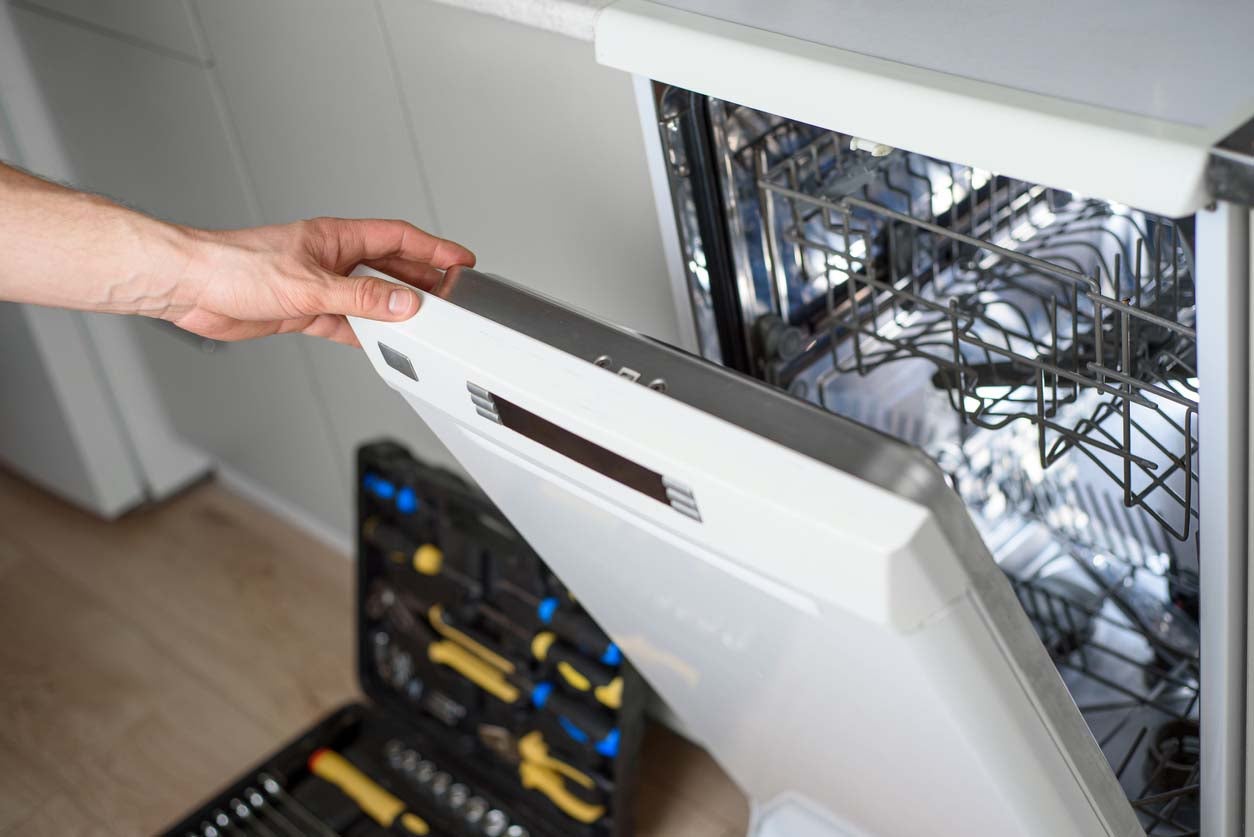

Articles
Why Wont My Dishwasher Turn On
Modified: March 1, 2024
Discover articles on why your dishwasher won't turn on and find troubleshooting tips to fix the issue. Explore expert advice and solutions now!
(Many of the links in this article redirect to a specific reviewed product. Your purchase of these products through affiliate links helps to generate commission for Storables.com, at no extra cost. Learn more)
Introduction
When your dishwasher refuses to turn on, it can be frustrating and inconvenient, especially when you have a sink full of dirty dishes. However, before you panic and call a repair technician, there are several potential causes that you can investigate on your own. By understanding these possible issues and troubleshooting steps, you might just be able to get your dishwasher up and running without the need for professional help.
A dishwasher that won’t turn on could be the result of various factors, ranging from simple power supply issues to more complex internal malfunctions. By systematically working through these potential causes, you can save time and money by identifying and resolving the problem yourself.
In this article, we will explore the most common reasons why your dishwasher won’t turn on and provide troubleshooting steps to help you get it back to functioning properly.
Key Takeaways:
- Troubleshooting power supply, door switch, control panel, motor, pump, and water supply can help resolve dishwasher issues, saving time and money on professional repairs.
- Regular maintenance and careful inspection of electrical and mechanical components can prevent common dishwasher malfunctions, ensuring optimal performance and convenience.
Read more: Why Wont My Washer Turn On
Possible Causes
There could be several possible causes for your dishwasher not turning on. It’s important to consider each of these factors before moving on to the troubleshooting steps. Here are five common causes to explore:
- Power Supply Issue: Sometimes, the problem lies with the power supply. Check if the dishwasher is plugged in properly and if the outlet is working. Additionally, ensure that the circuit breaker or fuse associated with the dishwasher is not tripped or blown.
- Door Switch Fault: The door switch is a safety feature that prevents the dishwasher from operating when the door is open. If the door switch is faulty or misaligned, it can prevent the dishwasher from turning on. Inspect the door switch and make sure it’s functioning correctly.
- Control Panel Problems: A malfunctioning control panel can cause the dishwasher to stop working. If the buttons or display on the control panel are unresponsive or erratic, it may be due to a faulty control board or a loose connection. Check for any visible signs of damage or loose wires on the control panel.
- Motor or Pump Malfunction: If the dishwasher’s motor or pump is not working properly, it can prevent the dishwasher from turning on. Issues such as a jammed impeller, a broken motor, or a faulty pump can all lead to a malfunctioning dishwasher. Inspect the motor and pump assembly to ensure they are working correctly.
- Water Supply Problems: The dishwasher requires a proper water supply to operate. If there are issues with the water inlet valve, clogged water lines, or inadequate water pressure, the dishwasher may not turn on. Check the water supply valves, hoses, and filters to ensure that water is flowing freely.
By considering these possible causes, you can narrow down the root of the problem and proceed with the appropriate troubleshooting steps. Let’s delve into these steps in more detail in the following section.
Power Supply Issue
One of the primary causes of a dishwasher not turning on is a power supply issue. Before diving into complex troubleshooting steps, it’s important to check the basics.
Start by verifying that the dishwasher is properly plugged in. Ensure that the power cord is securely connected to both the dishwasher and the electrical outlet. Sometimes, the plug may become loose due to vibrations or movement, causing a power interruption.
If the dishwasher is plugged in but still not turning on, check if the outlet is functioning. Plug in another device, such as a lamp or a radio, to test if the outlet is supplying power. If the other device doesn’t work either, the problem could be with the power outlet or the circuit breaker.
Next, locate the circuit breaker or fuse that controls the dishwasher’s power supply. Check if the breaker has tripped or if the fuse has blown. If so, reset the breaker or replace the fuse accordingly. It’s essential to address any electrical issues carefully and safely; if you are not confident in your electrical troubleshooting skills, it’s best to consult a professional electrician.
If the power supply issue persists even after checking the plug, outlet, and circuit breaker, there may be a more significant electrical problem with the dishwasher itself. In this case, it is recommended to contact a qualified technician to diagnose and repair the issue.
It’s worth noting that power supply issues can also be caused by faulty wiring or a problem with the dishwasher’s internal electrical components. These are more complex issues that require professional expertise to diagnose and resolve. It is advisable to seek professional assistance if you suspect an internal electrical problem.
By addressing power supply issues and ensuring a proper electrical connection, you can eliminate this potential cause and move on to other troubleshooting steps if needed.
Door Switch Fault
The door switch is a safety feature in the dishwasher that prevents it from operating when the door is open. If the door switch is faulty or misaligned, it can result in the dishwasher not turning on.
Start by checking the door latch mechanism to ensure it is engaging properly. Close the dishwasher door firmly and listen for a click or a locking sound. If you don’t hear any sound or if the door appears loose, the door latch may need adjustment or replacement.
Next, inspect the door switch itself. The door switch is usually located around the top or the side of the dishwasher’s inner door frame. Carefully examine the switch for any signs of damage or loose connections. If you notice any visible issues, it may indicate a faulty door switch that needs to be replaced.
To test the door switch, you will need a multimeter. Set the multimeter to the “Continuity” or “Ohms” setting and touch the probes to the terminals of the door switch. If the meter does not show any continuity or if the reading is significantly different from the manufacturer’s specifications, it indicates a faulty door switch that requires replacement.
If all appears well with the door latch and the door switch, there may be an alignment issue. Over time, the door or the latch mechanism can become misaligned, preventing the door switch from engaging properly. In such cases, you may need to adjust the door latch or realign the dishwasher door to ensure proper contact with the door switch.
Addressing a door switch fault may require some mechanical and electrical skills. If you are unsure about performing these tasks yourself, it is recommended to consult a professional technician who can properly diagnose and fix the issue.
By checking and troubleshooting the door latch and the door switch, you can potentially resolve the problem of your dishwasher not turning on. If the issue persists, continue to the next troubleshooting step to explore other potential causes.
Control Panel Problems
The control panel of your dishwasher plays a crucial role in its operation. A malfunctioning control panel can prevent the dishwasher from turning on or lead to erratic behavior. Here are some troubleshooting steps to address control panel problems:
Start by inspecting the control panel for any visible signs of damage or wear. Look for cracked buttons, a malfunctioning display, or any loose or frayed wires behind the panel. If you notice any issues, it may indicate a faulty control board that needs to be replaced.
Next, try resetting the control panel by turning off the power to the dishwasher for a few minutes. Locate the circuit breaker that controls the dishwasher and switch it off. Leave it off for about five minutes and then switch it back on. This simple reset may resolve minor control panel glitches and allow the dishwasher to turn on again.
If the control panel still does not respond after the reset, it’s time to dig a little deeper. Consult the dishwasher’s user manual or manufacturer’s website for specific instructions on accessing and troubleshooting the control panel. Some control panels have a control board that can be tested using a multimeter to check for continuity or voltage irregularities.
If you are comfortable with electronic repairs, you may attempt to replace the control board or any faulty components within the control panel. However, keep in mind that control panel repairs can be complex and require technical expertise. If you are unsure or uncomfortable with these tasks, it is best to seek assistance from a qualified technician.
In some cases, a control panel issue may be due to loose connections. Carefully inspect the wires and connections behind the control panel, ensuring they are securely fastened. Tighten any loose connections and reassemble the control panel carefully.
By addressing control panel problems, you can potentially restore the functionality of your dishwasher. However, if the control panel issues persist, it may be necessary to consult a professional technician to diagnose and resolve the problem.
Now that we have covered control panel problems, let’s move on to the next potential cause of a dishwasher not turning on.
Read more: Why Wont My Fan Turn On
Motor or Pump Malfunction
The motor and pump are essential components of a dishwasher that are responsible for circulating water and powering the cleaning cycles. If there is a malfunction in either of these components, it can prevent the dishwasher from turning on. Here’s what you can do to address motor or pump issues:
First, visually inspect the motor and pump assembly for any visible signs of damage, such as a broken impeller or a burnt-out motor. If you notice any issues, it likely indicates a faulty motor or pump that needs to be replaced. In such cases, it is advisable to seek professional assistance to ensure proper installation and avoid any electrical hazards.
If there are no visible issues, the problem may be due to a jammed impeller. The impeller is a small plastic disc that helps to propel water through the dishwasher. Over time, debris and small objects can get lodged in the impeller, hindering its movement. To address this, turn off the dishwasher and remove the spray arm and any other components blocking access to the impeller. Carefully remove any debris or obstructions and then reassemble the dishwasher. Attempt to turn it on again to see if the issue is resolved.
Another possible cause of motor or pump malfunction is a faulty motor capacitor. The capacitor is responsible for providing a boost of power to the motor during startup. If the capacitor is faulty, the motor may fail to start or exhibit erratic behavior. Testing and replacing the motor capacitor should be handled by a professional technician.
If you suspect a motor or pump problem but are unsure how to proceed, it is best to seek the help of a qualified technician. They will be able to diagnose and repair any motor or pump issues accurately.
Remember, dealing with electrical components and repairs can be hazardous if not handled properly. It is always recommended to prioritize safety and seek professional assistance when necessary.
Now let’s move on to the final potential cause of a dishwasher not turning on.
Water Supply Problems
A properly functioning dishwasher relies on a steady and adequate water supply to operate effectively. If there are issues with the water supply, it can prevent the dishwasher from turning on. Here are some troubleshooting steps to address water supply problems:
Start by checking the water supply valves. Ensure that the valves connected to the dishwasher’s water line are fully open. Sometimes, valves can inadvertently get closed or only partially open, resulting in restricted water flow. Make sure the valves are fully turned on to allow water to reach the dishwasher.
Next, inspect the water inlet hose for any kinks or blockages. A bent or twisted hose can restrict water flow and prevent the dishwasher from operating. Straighten out any kinks and ensure that the hose is properly connected to both the dishwasher and the water supply valve.
Check the water inlet valve for any signs of debris or mineral deposits. Over time, these can accumulate and clog the valve, preventing water from entering the dishwasher. If you notice any blockages, you may need to clean or replace the water inlet valve.
Ensure that the dishwasher’s filter is clean and free from debris. A clogged filter can hinder water flow and impact the dishwasher’s performance. Remove the filter and rinse it thoroughly under running water to remove any built-up food particles or residue.
Verify that the water pressure is sufficient for the dishwasher. Inadequate water pressure can prevent the dishwasher from operating correctly. Test the water pressure in other areas of your home to ensure it meets the required levels. If the water pressure is low, you may need to consult a professional plumber to address the issue.
If you have recently installed a new garbage disposal or had plumbing work done, there might be an issue with the dishwasher’s drain line connection. Make sure that the drain line is properly connected to the disposal or plumbing system, and that it is not obstructed or clogged.
By troubleshooting water supply problems, you can potentially resolve the issue of your dishwasher not turning on. If the problem persists, it is advisable to consult a professional technician for further assistance.
Now that we have covered the possible causes of a dishwasher not turning on, let’s move on to the troubleshooting steps to help you resolve the issue.
Check if the dishwasher is getting power by ensuring it’s plugged in and the circuit breaker is on. Also, make sure the door is fully closed and latched. If the issue persists, consult the user manual or call a professional.
Troubleshooting Steps
Now that we have explored the possible causes of a dishwasher not turning on, let’s go through some troubleshooting steps to help you identify and resolve the issue:
- Check Power Supply: Start by ensuring that the dishwasher is properly plugged in and that the outlet is functioning. Check the circuit breaker or fuse associated with the dishwasher to ensure it’s not tripped or blown. Reset the breaker or replace the fuse if necessary.
- Test the Door Switch: Inspect the door latch mechanism and the door switch. Make sure the door is closing properly and that the door switch is engaging when the door is closed. Test the door switch with a multimeter to check for continuity or proper functioning.
- Inspect Control Panel: Examine the control panel for any visible signs of damage or loose connections. Try resetting the control panel by turning off the power to the dishwasher for a few minutes. Consult the dishwasher’s user manual or manufacturer’s website for specific troubleshooting instructions for the control panel.
- Examine Motor and Pump: Visually inspect the motor and pump assembly for any visible damage or obstructions. Check for a jammed impeller and remove any debris if necessary. If you suspect a motor or pump issue, it is recommended to seek professional assistance.
- Ensure Proper Water Supply: Check the water supply valves to ensure they are fully open. Inspect the water inlet hose for any kinks or blockages. Clean or replace the water inlet valve if there are any obstructions. Verify that the dishwasher’s filter is clean and free from debris. Ensure that the water pressure is sufficient.
By systematically going through these troubleshooting steps, you can potentially identify and resolve the issue of your dishwasher not turning on. However, if the problem persists or if you are uncomfortable performing these tasks yourself, it is recommended to consult a professional technician for further assistance.
Remember, safety is paramount when dealing with electrical components, and it is essential to follow proper procedures and precautions. If you are unsure or uncomfortable with any part of the troubleshooting process, it is best to seek professional help.
In the next section, we will conclude with a summary and some final thoughts.
Check Power Supply
When troubleshooting a dishwasher that won’t turn on, the first step is to check the power supply. There could be a simple issue with the electrical connection that is preventing the dishwasher from receiving power. Here’s what to do:
1.1 Plug in Properly: Make sure that the dishwasher is properly plugged into a functioning electrical outlet. Over time, the plug may become loose due to vibrations or movement, causing a power interruption. Take a moment to ensure that the plug is inserted securely into the outlet.
1.2 Outlet Verification: Test the outlet to ensure it is supplying power. Plug in another device, such as a lamp or a radio, into the same outlet to check if it is working. If the device turns on, it indicates that the outlet is functioning correctly, and the issue lies within the dishwasher itself.
1.3 Circuit Breaker: Locate the circuit breaker or fuse that controls the power supply to the dishwasher. Check if the breaker has tripped to the “Off” position or if the fuse has blown. If so, switch the breaker back on or replace the fuse to restore power. If the breaker keeps tripping or the fuse blows repeatedly, it may indicate an underlying electrical problem that requires professional assistance.
1.4 Internal Electrical Issues: If the power supply issue persists after checking the plug, outlet, and circuit breaker, there may be an internal electrical problem with the dishwasher. This could be due to faulty wiring, a malfunctioning control board, or other issues. In such cases, it is recommended to consult a professional technician who has the expertise to diagnose and repair internal electrical problems accurately.
It’s crucial to approach electrical troubleshooting with caution. If you are uncertain or uncomfortable working with electrical components, it is best to leave it to the hands of a qualified professional. Safety should always be a top priority.
By checking the power supply and ensuring a proper electrical connection, you can rule out any simple issues that may be preventing your dishwasher from turning on. If the problem persists, it’s time to move on to the next troubleshooting steps.
Read more: Why Wont My Maytag Washer Turn On
Test the Door Switch
When your dishwasher won’t turn on, the door switch could be a potential culprit. The door switch is a safety feature that prevents the dishwasher from operating when the door is open. Testing the door switch can help determine if it is functioning correctly. Here’s how:
2.1 Visual Inspection: Begin by visually inspecting the door latch mechanism. Ensure that the door is closing properly and that the latch is engaging when the door is closed. Make sure there are no obstructions that might prevent the door switch from functioning correctly.
2.2 Door Switch Location: Locate the door switch, which is typically found around the top or side of the dishwasher’s inner door frame. Carefully examine the switch for any signs of damage or loose connections. If you notice any issues, it may indicate a faulty door switch that needs to be replaced.
2.3 Continuity Test: To test the door switch, you will need a multimeter. Set the multimeter to the “Continuity” or “Ohms” setting. With the dishwasher door closed, touch the probes of the multimeter to the terminals of the door switch. If the multimeter shows continuity or a value close to zero, it indicates that the door switch is working properly. However, if there is no continuity or a significantly high resistance reading, it is likely that the door switch is faulty and needs replacement.
2.4 Alignment Check: It is also essential to ensure that the door switch is properly aligned with the door. Over time, the door or the latch mechanism can become misaligned, preventing the door switch from engaging correctly. If you suspect a misalignment, you may need to adjust the door latch or realign the dishwasher door to ensure proper contact with the door switch.
Door switch repairs and replacements should be handled with caution and preferably by a professional technician. They have the expertise to diagnose and fix any issues accurately and safely.
By testing the door switch, you can determine whether it is functioning correctly and eliminate it as a potential cause for your dishwasher not turning on. If the door switch appears to be in good condition and passes the continuity test, you can move on to the next troubleshooting steps.
Inspect Control Panel
When troubleshooting a dishwasher that won’t turn on, it’s essential to inspect the control panel. The control panel is responsible for initiating and controlling the dishwasher’s operations. If there are issues or malfunctions in the control panel, it can prevent the dishwasher from starting. Follow these steps to inspect the control panel:
3.1 Visual Inspection: Begin by carefully examining the control panel for any visible signs of damage, such as cracked buttons, a malfunctioning display, or loose or frayed wires behind the panel. Ensure that there are no obvious issues that could be affecting the control panel’s functionality.
3.2 Resetting the Control Panel: Sometimes, control panel glitches can be resolved by performing a reset. Turn off the power to the dishwasher at the circuit breaker or unplug it from the power source. Leave it off for a few minutes to allow the control panel to fully reset. Then, restore power to the dishwasher and check if the control panel is responsive. This simple reset might resolve minor control panel issues.
3.3 Manufacturer’s Instructions: Consult the dishwasher’s user manual or visit the manufacturer’s website for specific instructions on troubleshooting the control panel. Some manufacturers provide detailed guides and troubleshooting steps for common control panel issues. Follow their recommendations to address any potential control panel problems.
3.4 Testing the Control Board: If the control panel continues to be unresponsive or erratic, there may be a problem with the control board. Testing and diagnosing control board issues usually require advanced knowledge and specialized equipment. It is recommended to seek the assistance of a professional technician who can accurately test and diagnose control board problems, and replace any faulty components if necessary.
3.5 Addressing Loose Connections: Loose or disconnected wires behind the control panel can also cause issues. Carefully inspect the connections and ensure that they are securely fastened. If you find any loose wires, reconnect them properly. Exercise caution when working with electrical components and always prioritize safety.
Remember, working with control panels and electrical components can be complex and potentially hazardous. If you are unsure or uncomfortable with the process, it is advisable to seek professional help from a qualified technician.
By inspecting the control panel and addressing any visible issues or performing a reset, you can potentially resolve control panel-related problems that may be preventing your dishwasher from turning on. If the issue persists, it’s time to move on to the next troubleshooting steps.
Examine Motor and Pump
When your dishwasher fails to turn on, it’s important to examine the motor and pump. These components are responsible for the circulation of water and the operation of the cleaning cycles. If there is a malfunction in either the motor or pump, it can prevent the dishwasher from starting. Follow these steps to examine the motor and pump:
4.1 Visual Inspection: Start by visually inspecting the motor and pump assembly for any visible signs of damage or obstruction. Look for broken parts, such as a damaged impeller, or any signs of overheating or burning. If you notice any issues, it is likely that the motor or pump is faulty and may need to be replaced.
4.2 Jammed Impeller: A common problem that can prevent the motor and pump from working is a jammed impeller. The impeller is a small rotating component that propels water through the dishwasher. Over time, debris, such as food particles or small objects, can get lodged in the impeller, obstructing its movement. To address this issue, turn off the dishwasher and remove any components blocking access to the impeller. Carefully remove any debris or obstructions and then reassemble the dishwasher. Attempt to turn it on again to see if the issue is resolved.
4.3 Professional Assistance: If there are no visible issues or if the problem persists after clearing any obstructions, it is recommended to seek professional assistance. Examining and repairing the motor and pump may require specialized tools and expertise. A qualified technician will be able to diagnose the problem accurately and provide the appropriate repairs or replacements.
4.4 Maintenance: Regular maintenance of the motor and pump can help prevent future issues. Follow the manufacturer’s instructions for cleaning and maintenance, including regular cleaning of the filter and ensuring that the water inlet and outlet are clear of debris.
Remember, working with electrical components and mechanical parts can be hazardous, especially if you are not familiar with the process. It’s best to leave complex motor and pump repairs to the professionals to avoid any accidents or further damage.
By examining the motor and pump and addressing any visible issues or obstructions, you can potentially resolve problems that may be preventing your dishwasher from turning on. If the issue persists, proceed to the next troubleshooting step to investigate other potential causes.
Ensure Proper Water Supply
Adequate water supply is crucial for the proper functioning of a dishwasher. If there are issues with the water supply, it can prevent the dishwasher from turning on. Follow these steps to ensure a proper water supply:
5.1 Check Water Supply Valves: Start by verifying that the water supply valves connected to the dishwasher are fully open. Sometimes, valves can accidentally become partially closed or restricted, limiting the flow of water. Make sure both the hot and cold water supply valves are fully turned on to allow a sufficient water supply to the dishwasher.
5.2 Inspect Water Inlet Hose: Examine the water inlet hose for any kinks, twists, or blockages. A bent or twisted hose can restrict water flow and prevent the dishwasher from operating. Straighten out any kinks and ensure that the hose is properly connected to both the dishwasher and the water supply valve. Additionally, check for any blockages or debris in the hose that could impede the water flow.
5.3 Clean or Replace Water Inlet Valve: Over time, the water inlet valve may become clogged with debris or mineral deposits. This can restrict water flow to the dishwasher. Inspect the water inlet valve and, if necessary, clean it to remove any blockages. If cleaning doesn’t resolve the issue, the water inlet valve may need to be replaced. Consult the dishwasher’s user manual or contact the manufacturer for guidance on cleaning or replacing the water inlet valve.
5.4 Ensure Clean Filter: The dishwasher’s filter prevents debris from entering the important components of the dishwasher, including the pump and spray arms. If the filter becomes clogged or dirty, it can affect water flow and proper functioning. Regularly clean or replace the dishwasher’s filter according to the manufacturer’s instructions to maintain optimal performance.
5.5 Verify Water Pressure: Insufficient water pressure can impact the dishwasher’s operation. Ensure that the water pressure in your home meets the requirements for the dishwasher. Test the water pressure in other areas of your home, such as the sinks or showers, to ensure that it is sufficient. If the water pressure is too low, you may need to consult a professional plumber to address the issue.
By ensuring a proper water supply, you can eliminate water-related issues that may be preventing your dishwasher from turning on. If the problem persists, it may be necessary to seek professional assistance to diagnose and resolve the issue.
Now that we have covered the troubleshooting steps, let’s conclude with a summary of the article and some final thoughts.
Read more: Why Dishwasher Wont Drain
Conclusion
Having a dishwasher that won’t turn on can be frustrating, but by systematically troubleshooting the potential causes, you can often resolve the issue on your own. In this article, we’ve discussed the most common reasons for a dishwasher not turning on and provided troubleshooting steps to help you address each potential cause.
We started by checking the power supply, ensuring that the dishwasher is properly plugged in and that the outlet and circuit breaker are functioning correctly. Next, we tested the door switch, inspecting it for any misalignments or faults that could prevent the dishwasher from starting. We also examined the control panel for any visible damage or loose connections, and reset it if necessary.
Further, we inspected the motor and pump, clearing any obstructions and checking for visible damage. Finally, we ensured a proper water supply by checking the water supply valves, inspecting the water inlet hose for kinks or blockages, and verifying the water pressure. By going through these troubleshooting steps, you can often identify and resolve the underlying issue.
It is important to note that although many dishwasher issues can be resolved through these troubleshooting steps, there may be cases where professional assistance is required. Complex electrical or mechanical problems are best left to qualified technicians who have the expertise and tools to diagnose and repair them safely.
In conclusion, troubleshooting a dishwasher that won’t turn on requires patience, attention to detail, and a systematic approach. By following the steps outlined in this article, you can increase the chances of identifying and resolving the issue, restoring your dishwasher to full functionality and convenience.
If you have exhausted these troubleshooting steps without success, don’t hesitate to contact a professional technician who can provide expert assistance and ensure the proper functioning of your dishwasher.
Frequently Asked Questions about Why Wont My Dishwasher Turn On
Was this page helpful?
At Storables.com, we guarantee accurate and reliable information. Our content, validated by Expert Board Contributors, is crafted following stringent Editorial Policies. We're committed to providing you with well-researched, expert-backed insights for all your informational needs.
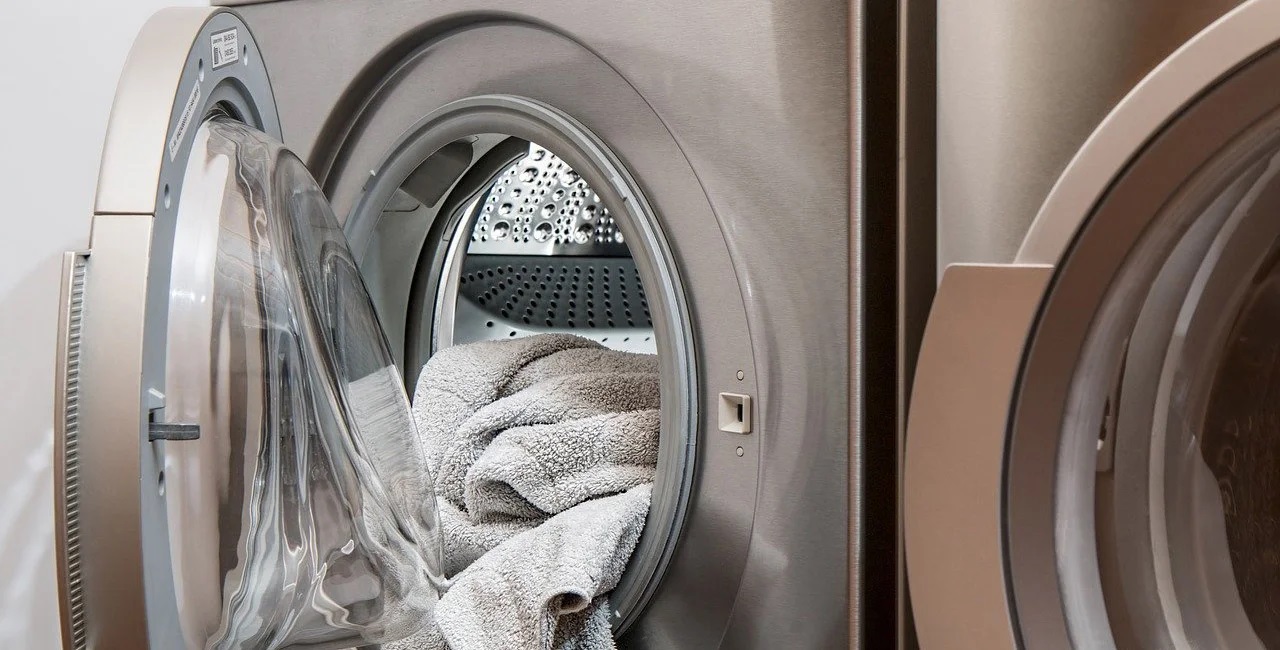
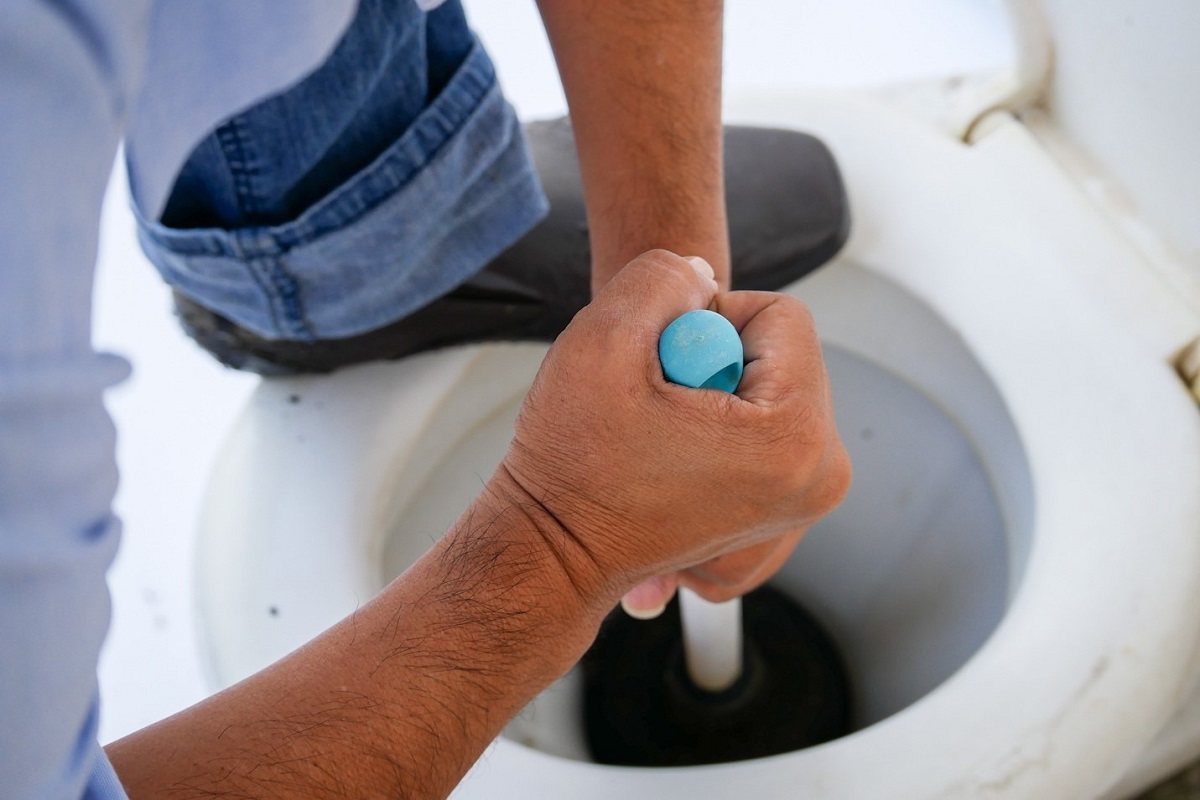
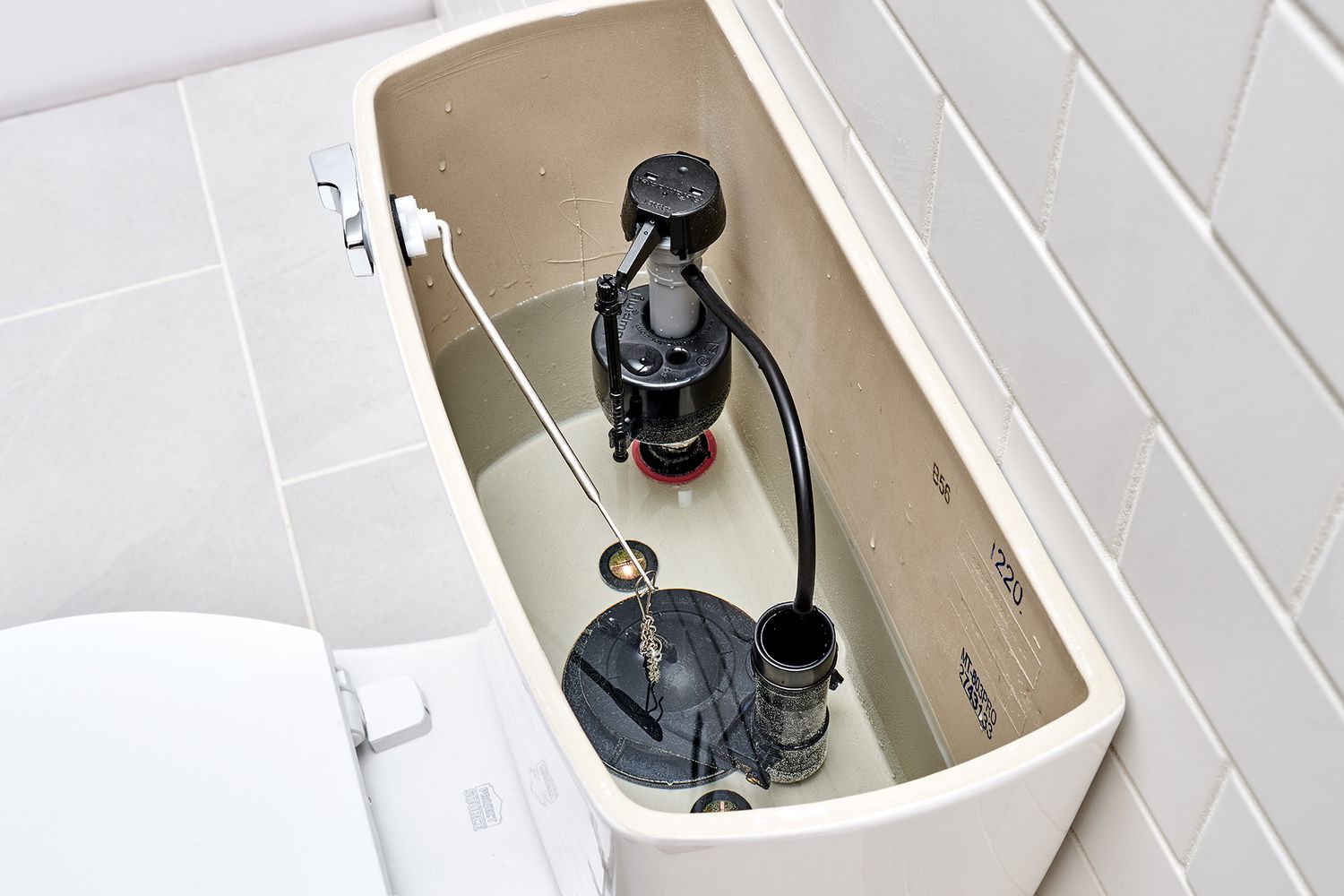
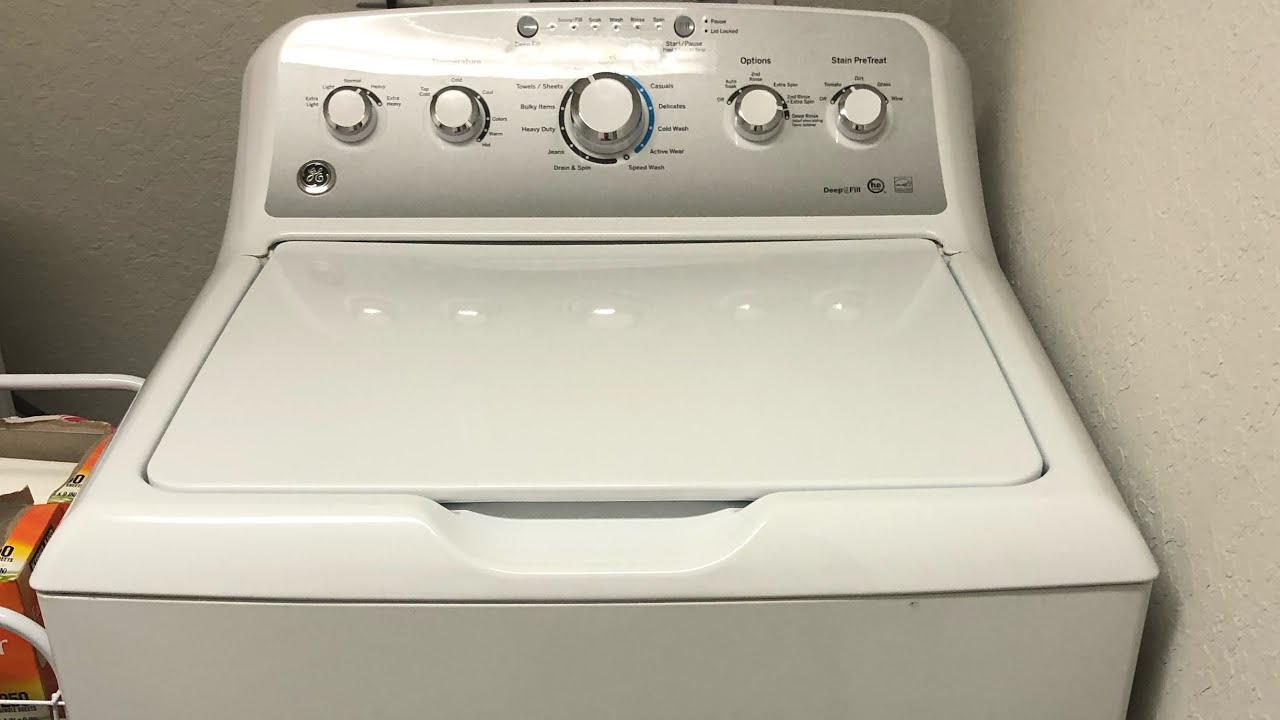
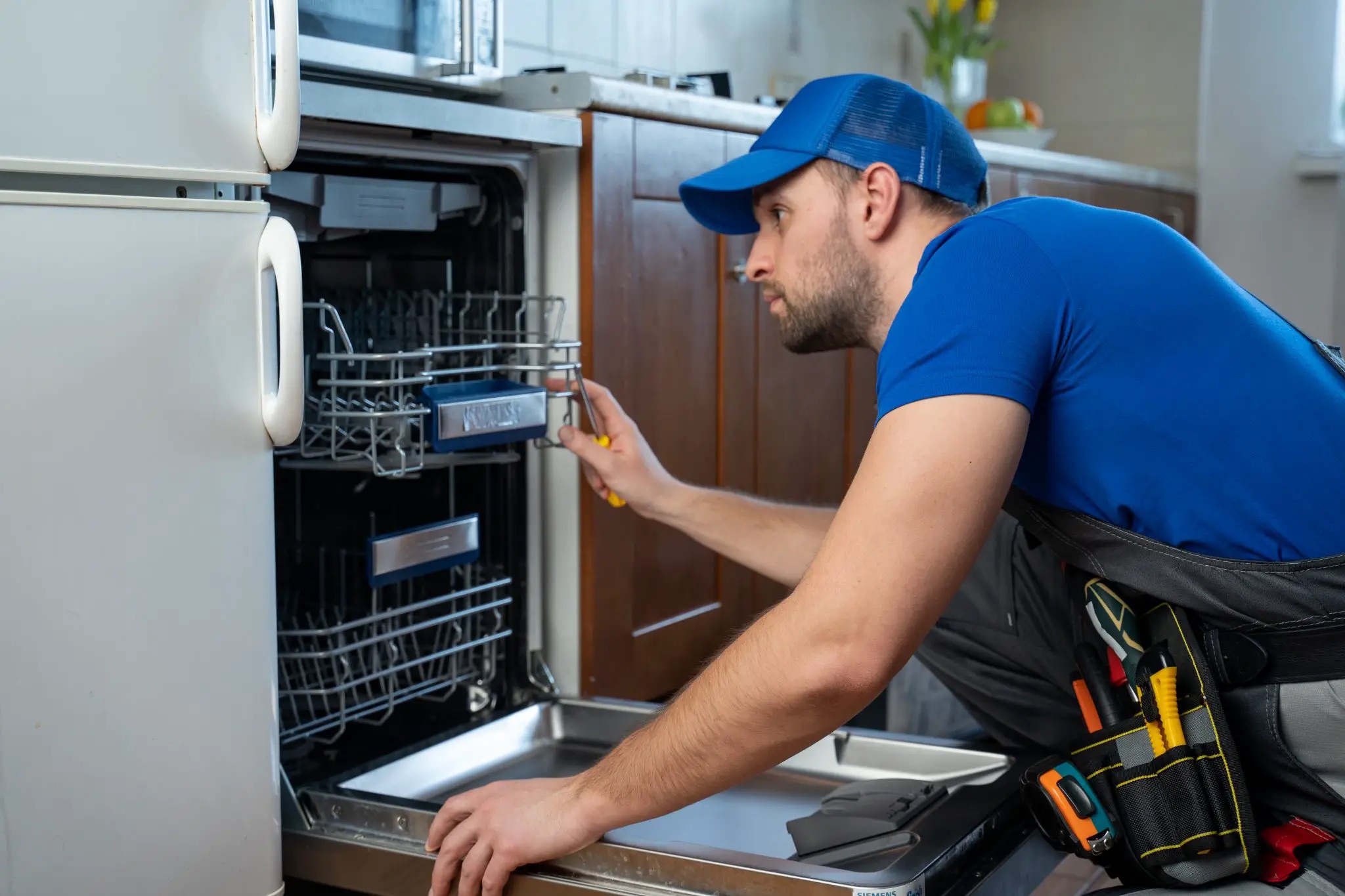
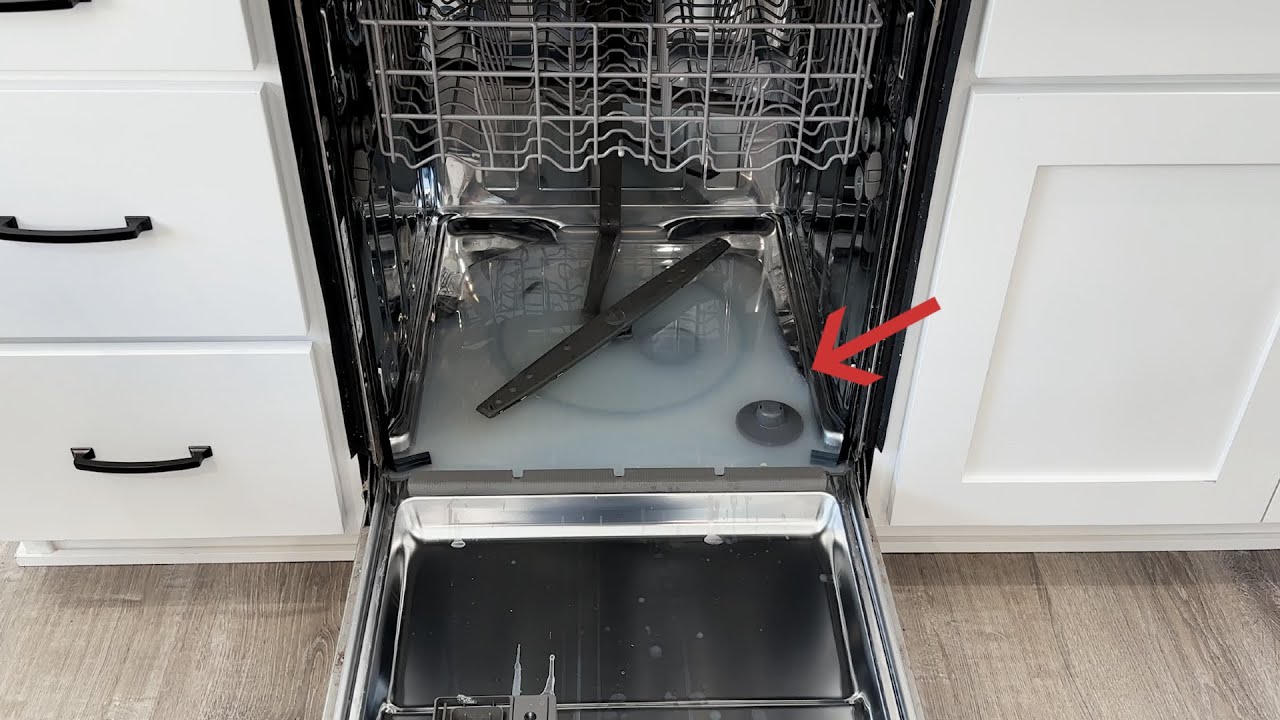
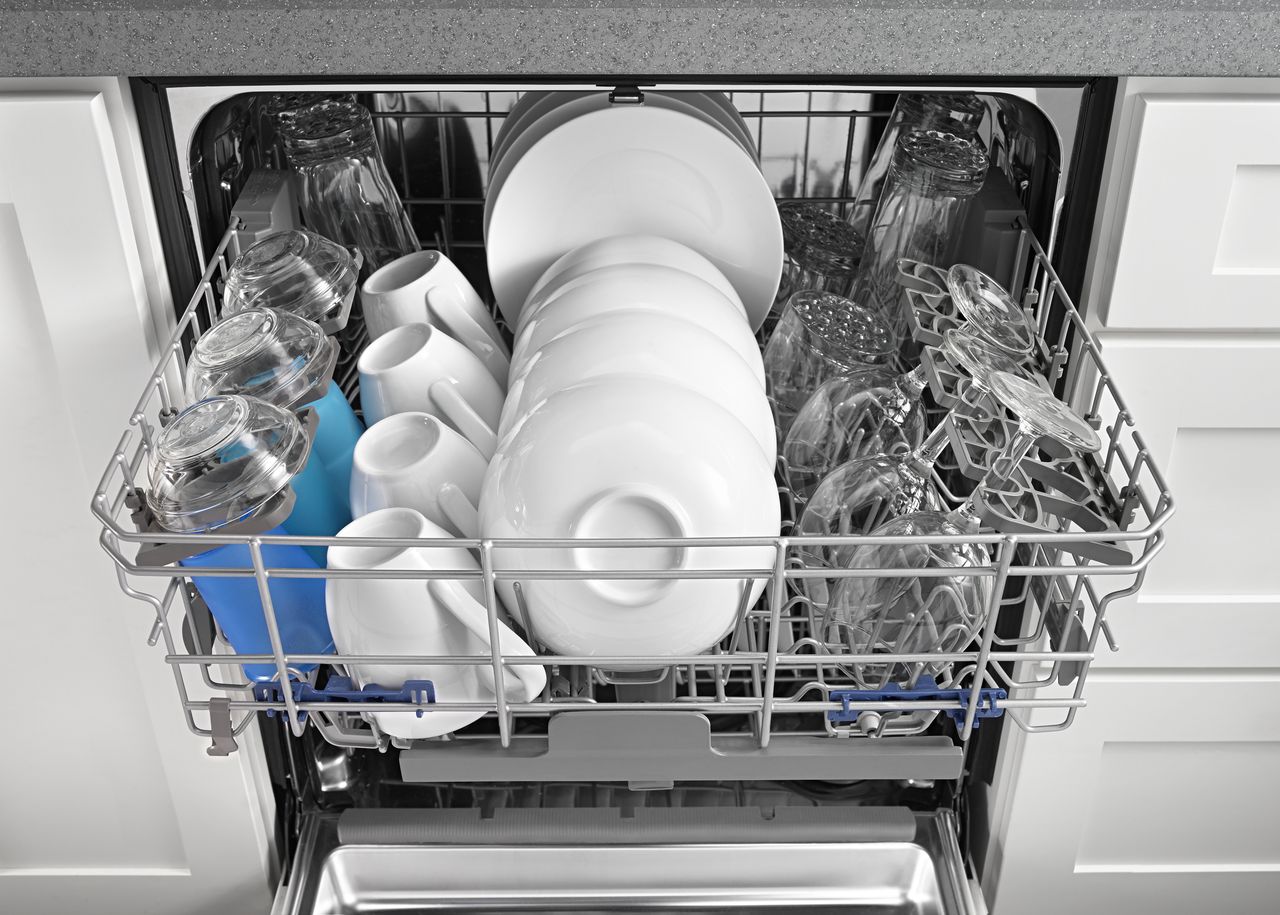
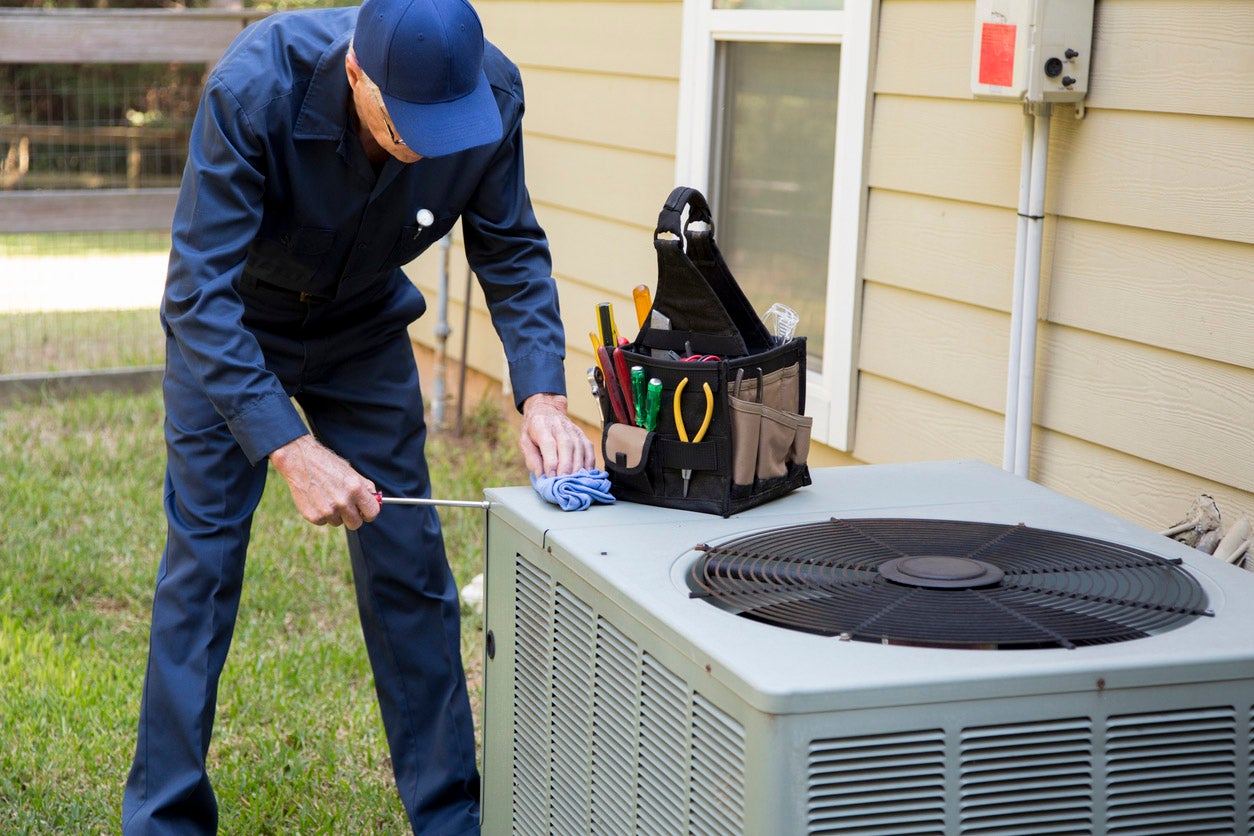
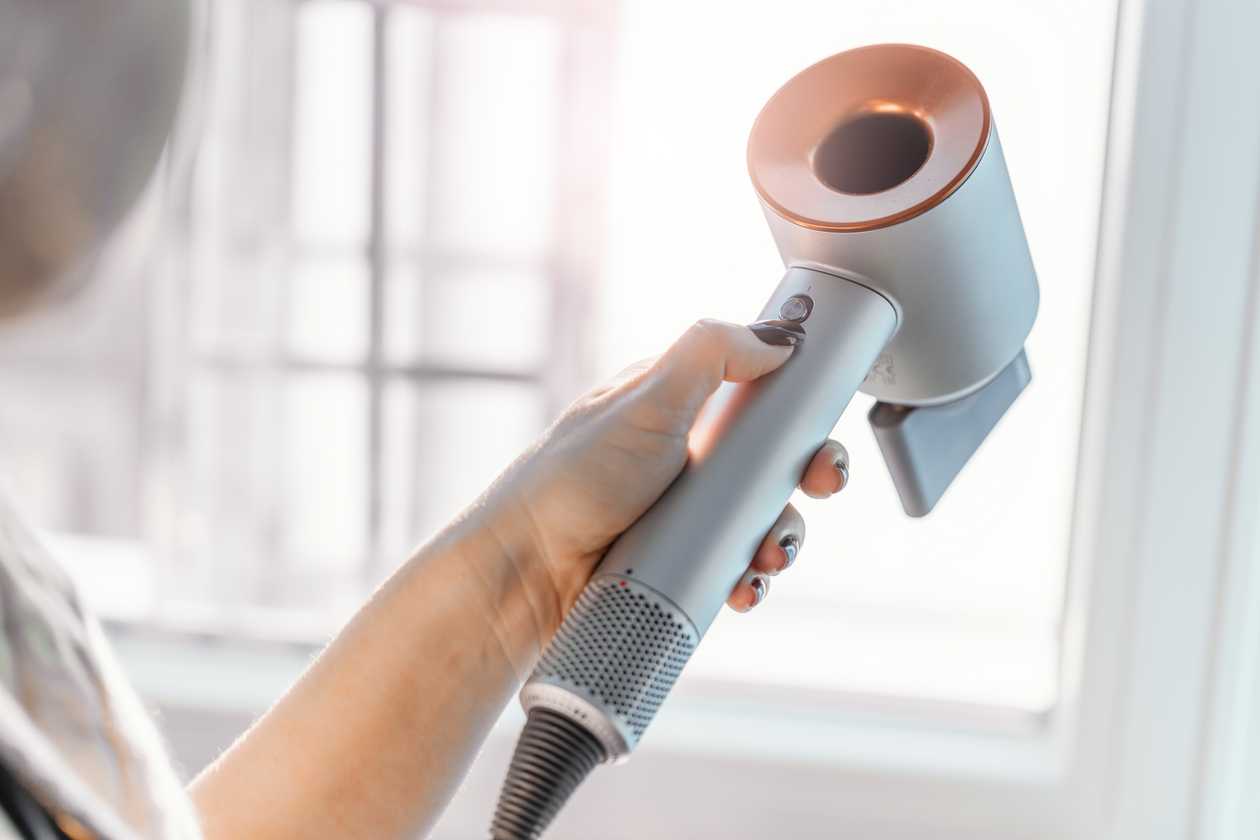
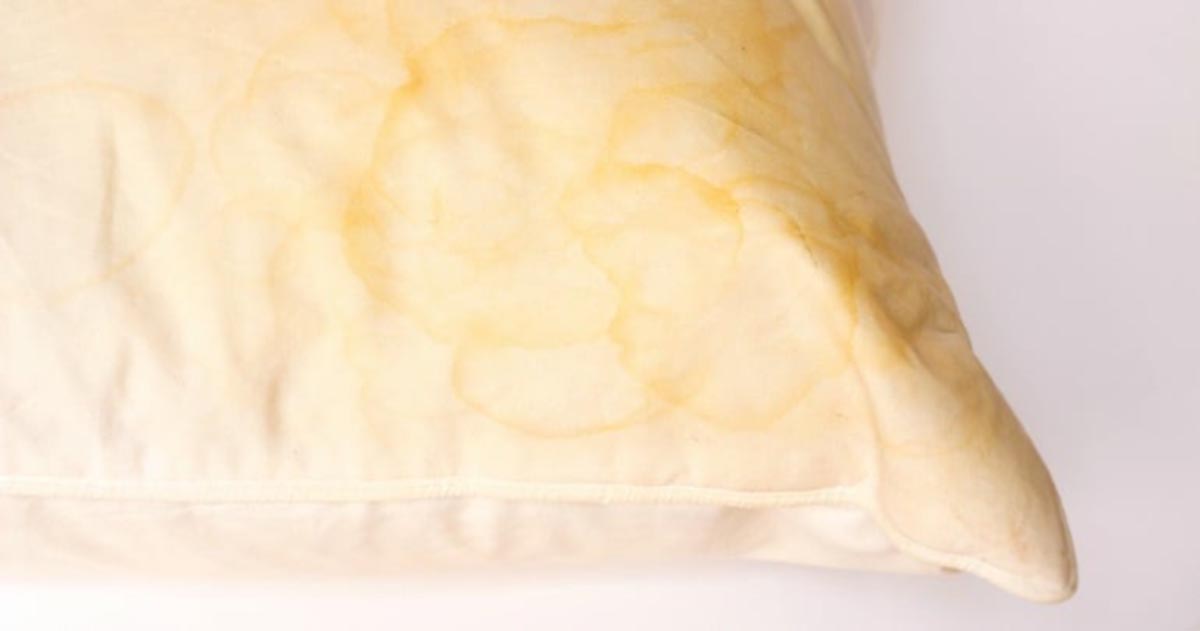
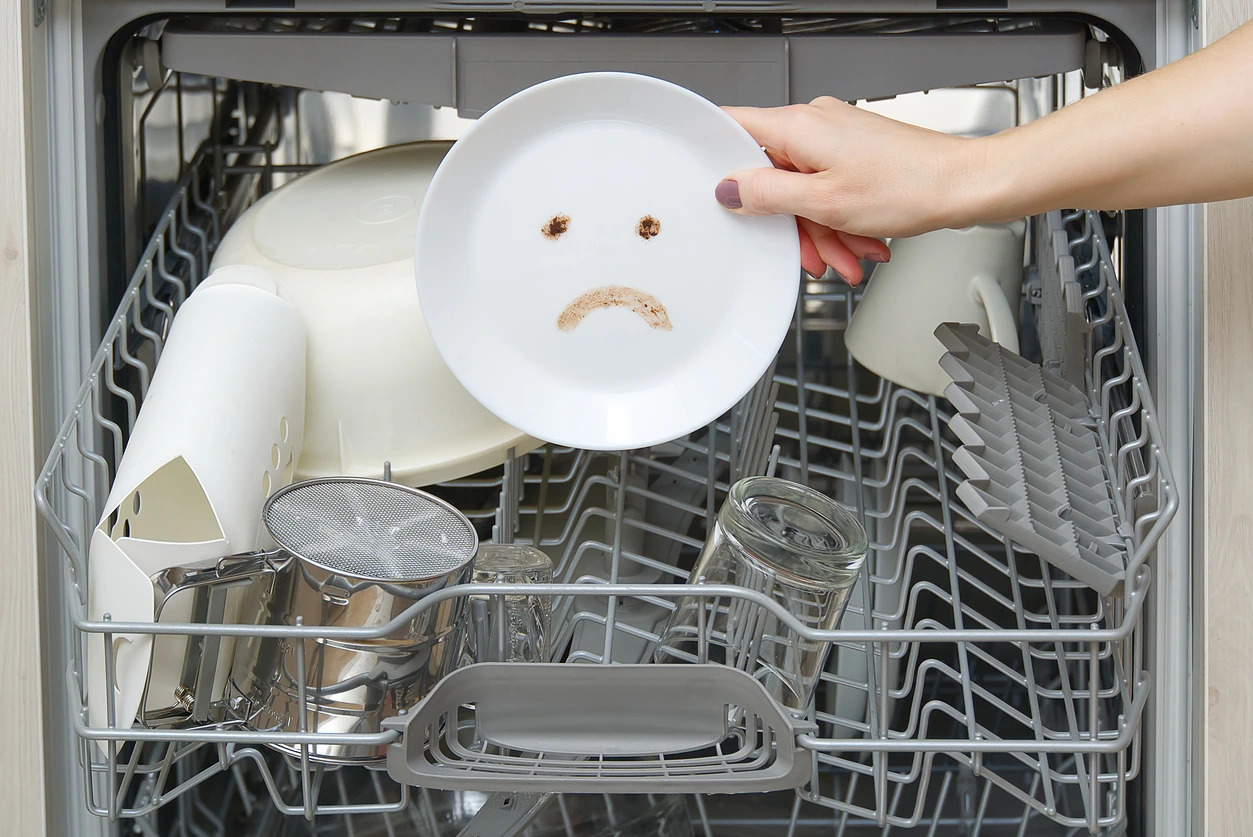
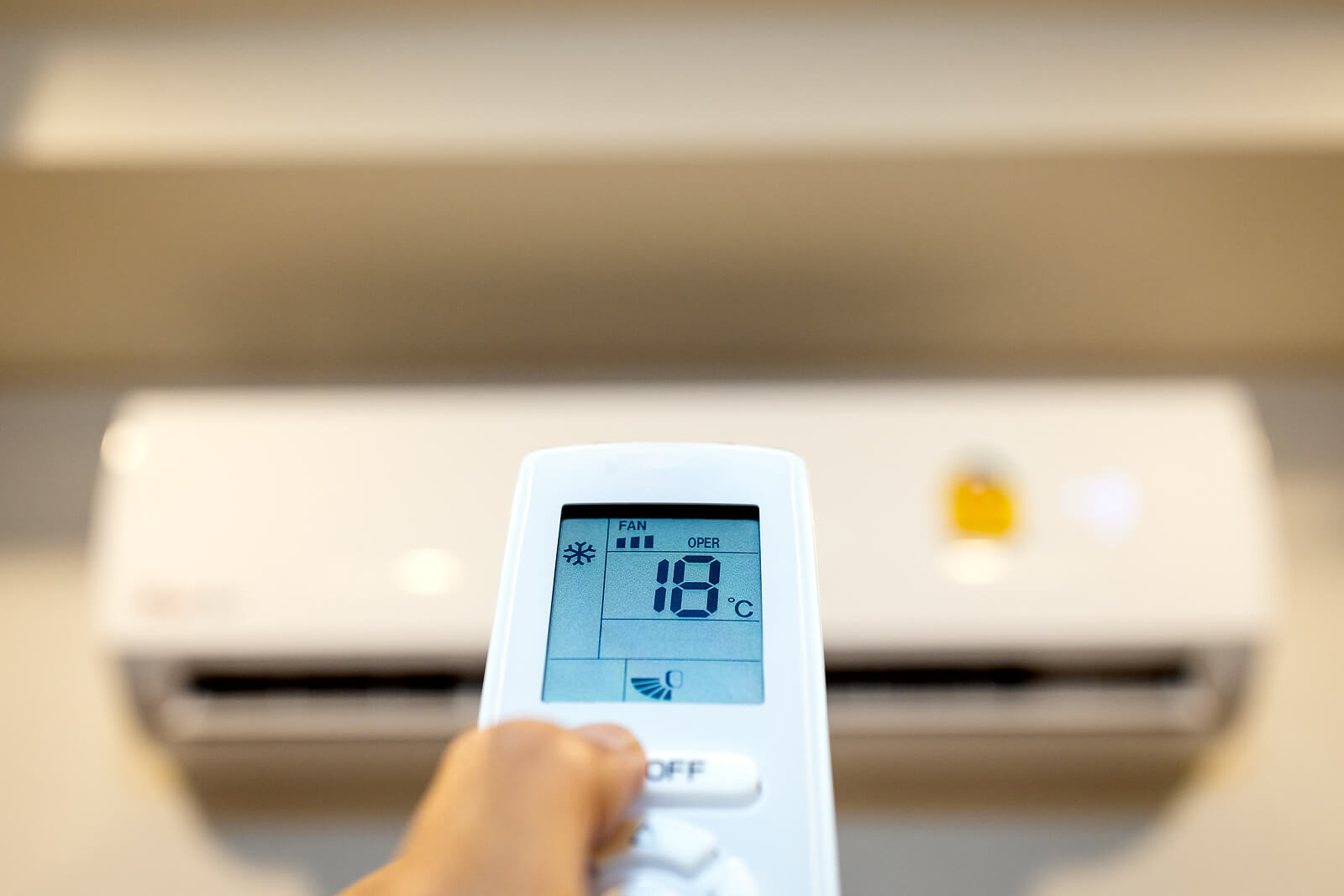

0 thoughts on “Why Wont My Dishwasher Turn On”